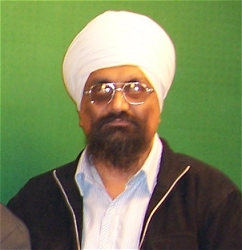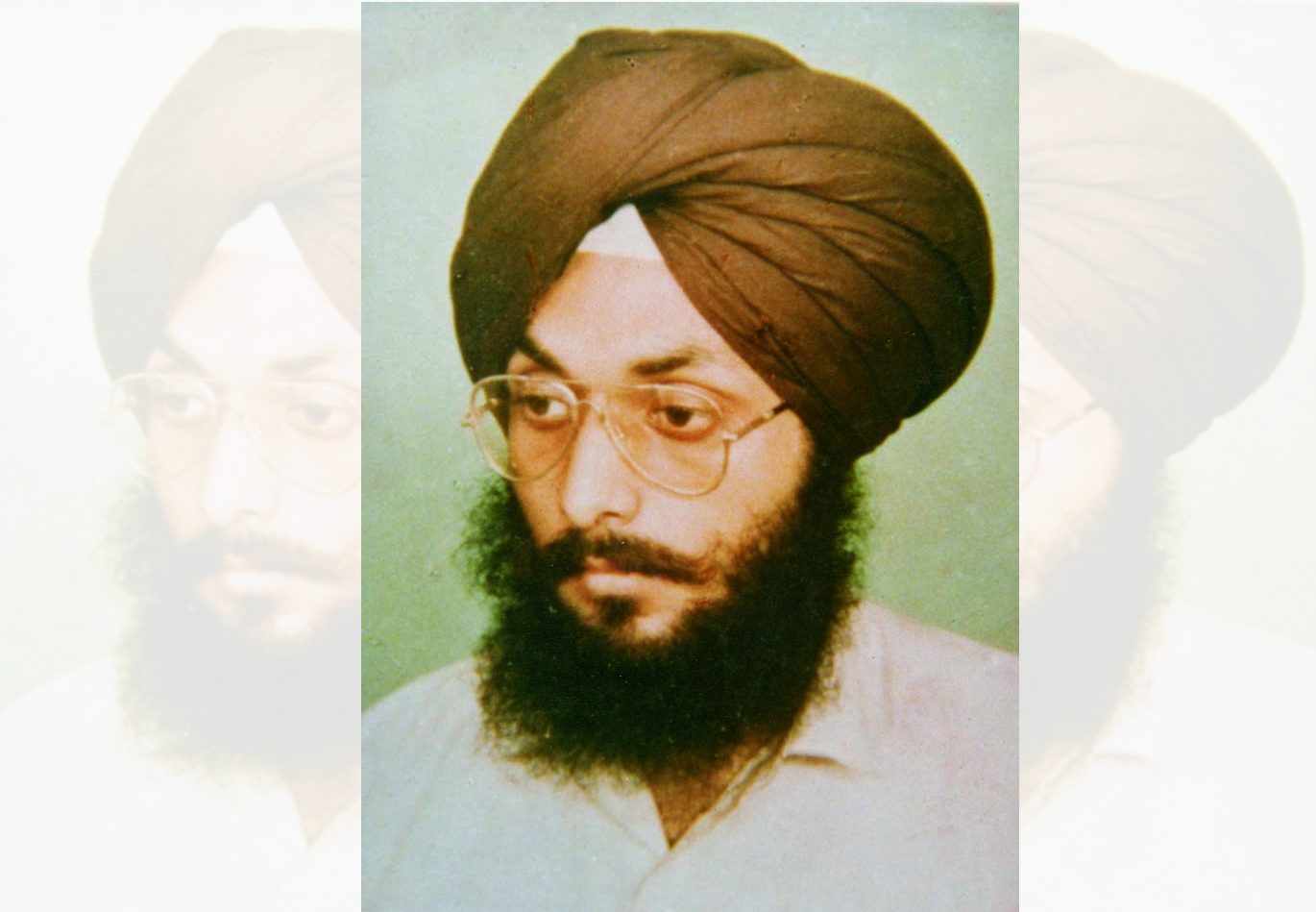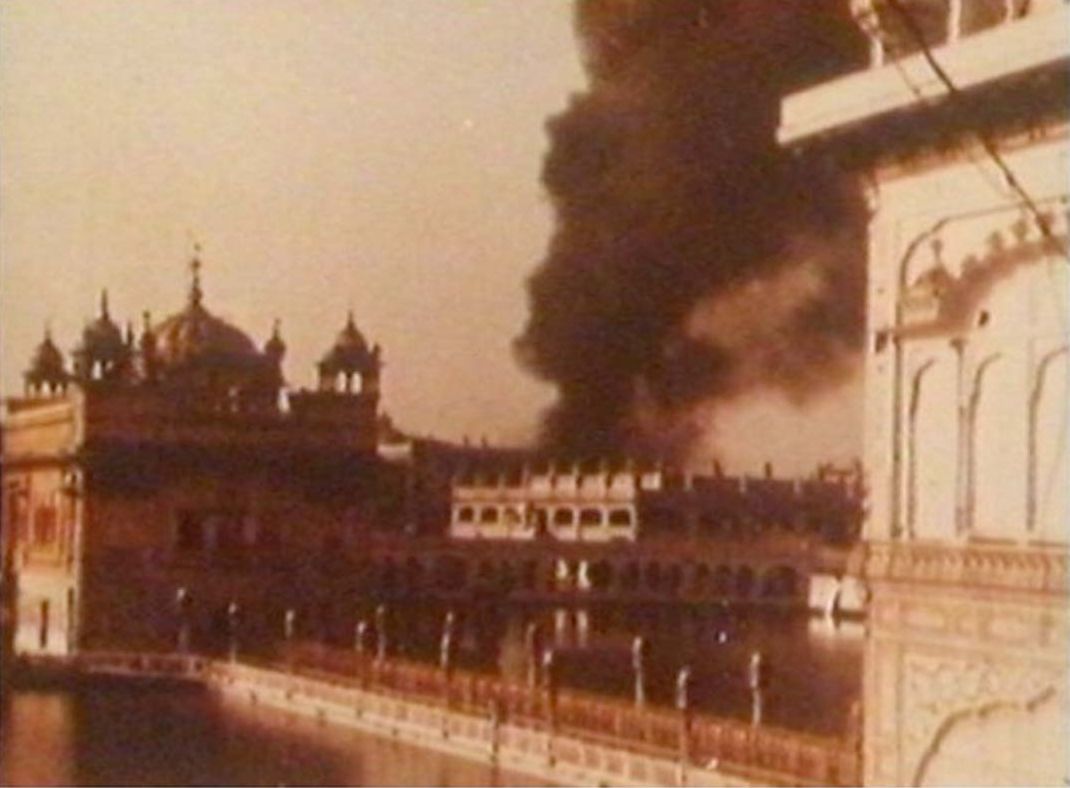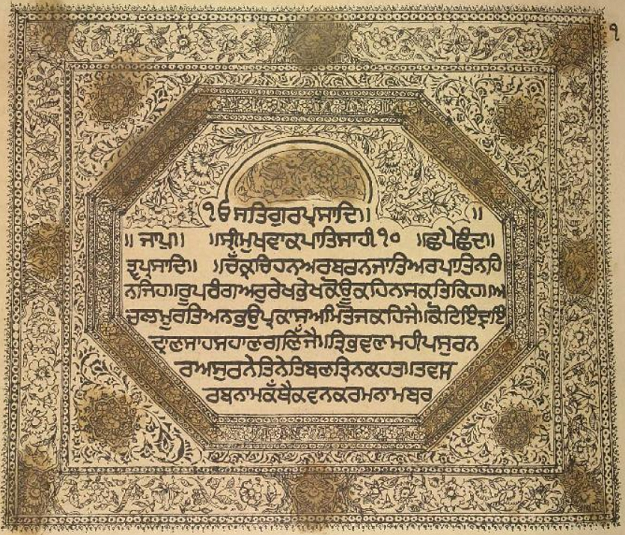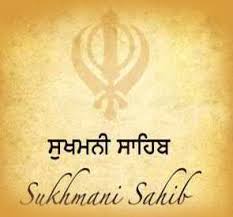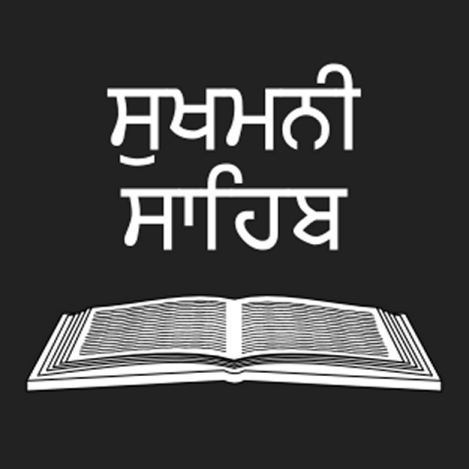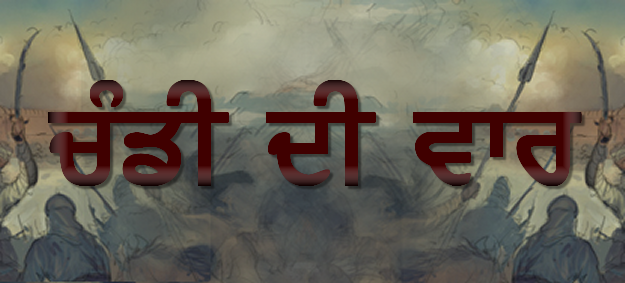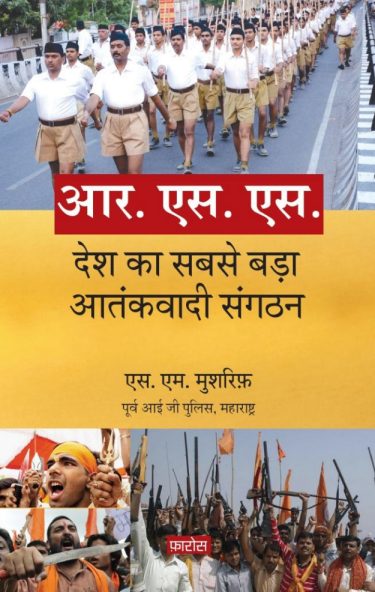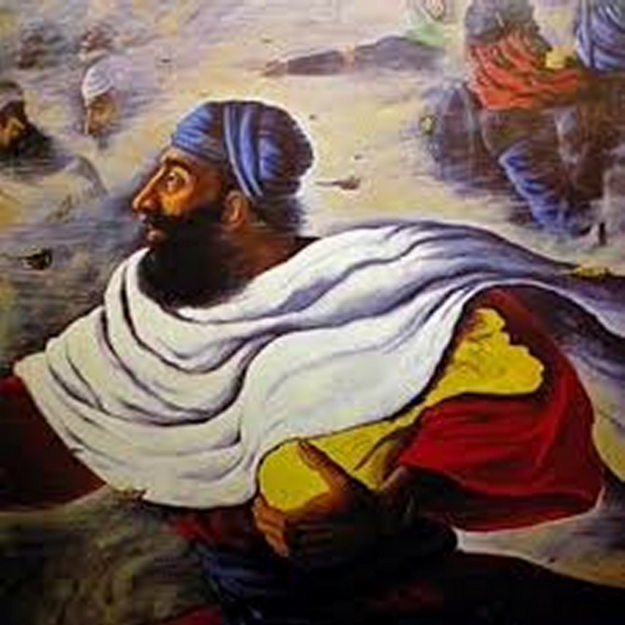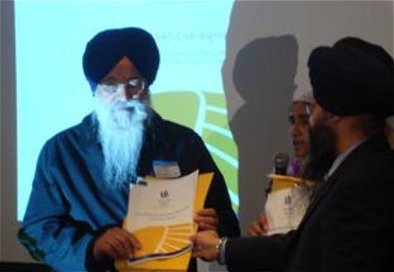

President of SGPC Avtar Singh releasing First Global Sikh Civil Rights Report
NEW YORK, New York (KP)—United Sikhs, a global Sikh advocacy group, organized a global conference on Sikh civil and human rights this past week. It was dubbed the first Sikhs Civil Rights Conference. Some of the issues discussed were the right to wear turban and other symbols of the Sikh faith. The duties of Sikh institutions and organizations were also brought into the spotlight along with a vast array of other issues such as justice for 1984 victims, hate crimes, employment discrimination and state-sponsored religious discrimination.
Delegates arrived from all around the world to express support for the United Sikhs campaigns in Europe, mainly the French turban campaign. Many eminent personalities attended such as SGPC President, Avtar Singh Makkar, and Daljeet Singh, Chairman of the DSGMC Dharam Parchar Committee as well as representatives from Sikh Organizations worldwide.
|
"… the dastar is the Panth’s and it must be defended.” |
The event started with an ardas asking Guru Sahib that the dastar be respected along with all of the Guru’s symbols. Avtar Singh Makkar and Daljeet Singh launched the conference and were presented with a 65-page report on Sikh civil rights. While praising the efforts of United Sikhs worldwide, Makkar commented that the SGPC will always stand in support of civil rights for Sikhs and that the SGPC is actively involved in the civil rights cases being fought worldwide.
United Sikhs played a video documentary, “Fighting for my Crown,” showing the plight of Sikhs in france. The video was heartfelt and deep with Sikhs explaining how they can’t even get a driver’s license without taking off their dastar. They wonder aloud if they should be driving without licenses. One French Sikh, in a very poignant moment, said, “It is very hard to be a Sikh in France.”
The organizers asked everyone to think of a recommendation and a resolution they would like passed at the conference so that the gathered congregation can discuss and perhaps vote on them. The central topic and theme was Sikh civil rights.
Rabbi Shergill, a singer-activist, was one of the first speakers and talked about the need for strong central leadership and for our established institutions to actually work. He also spoke on the problems facing Punjab, such as increased apostasy and corruption as well as the water problems that have faced the state in recent times. This theme set a tone and was touched upon by many speakers attending.
Jaspreet Singh, a staff attorney for United Sikhs, talked about the loss of rights for Sikhs. He mentioned that before 9/11 many Sikhs could wear some sort of kirpan on many flights, but now we can find ourselves being persecuted in our own homes. He also spoke on enforcing human rights globally and not just necessarily in India. He told two memorable stories. One of them was about Sikhs in Kabul and the problems they face due to the Taliban.
He said at one time the Sikhs in Kabul were well off and built an admirable place for themselves in Afghan society. In 1990, they built a Sikhs school to ensure their children learn about Sikh values and traditions. But as the Taliban gained strength, the Sikhs slowly lost their positions and slowly began to become isolated from mainstream Afghans. At one point the Taliban actively looked to close Gurdwaras and various other places of worship. He said that the Sikhs became so frightened for their safety that many families now have to live in the school they built when they were prosperous.
He stated that we cannot allow this to happen anywhere—inside Punjab or anywhere else. He was inspired by Israel, a Jewish state. Because of this Jewish state and its influence, Jews have organizations that help Jews worldwide, whether it be in wars, disasters, or from persecution. We need organizations like this.
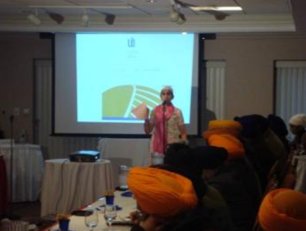
United Sikhs then went into excerpts from the 65-page report from their units worldwide, with background on each country and what issues Sikhs face in those countries.
France
Gurdyal Singh from France lamented, “They used to understand, but now…they lead us on..they wouldn’t even let our children into the schools and when they did, they sat them down in separate rooms [away from other children].”
He thanked United Sikhs for coming to their aide when nobody else would. He said France wants their children, who were born and raised there, to give up their identity—much like Muslim children are doing now.
“It doesn’t matter if its two children, four children, of five children… the dastar is The Panth’s and it must be defended.”
Belgium
Mohinder Singh from Belgium mentioned that Belgium has freedom of religion but has officially recognized religions. Because of this, religions that are not officially recognized, like Sikhi, do not get the same rights and privileges of recognized ones. He spoke on how amritdhari Sikhs keep papers with them showing the legality of the kirpan, but for some reason the police will still stop them randomly and confiscate their kirpans.
India
Gurinder Singh spoke briefly on the recent background of Sikhs in India. He mentioned that Sikhs are officially considered Hindus under Indian law, whereas Christians and Muslims are officially recognized as separate entities. This has some striking similarity to the issues in Belgium. He also expressed that the Akal Takht Jathedar is appointed by politicians—in fact some of those very politicians, such as Avtar Singh Makkar were sitting only a few feet from him as he said it. He also mentioned that the two Takhats outside of Punjab are not in the direct control of Sikhs.
Bibi Kiranjot Kaur, a member of the SGPC, asked to talk about Sikh civil rights in India, seemed to overlook the testimony of Sikhs living in India and stated that Sikhs in India do not seem to face the same civil rights issues that western Sikhs face. She said there is no problem in India with the dastar or the kirpan. She also spent a lot of time defending the SGPC and the Indian Government, “Whether you like or hate the SGPC…There is no other organization like it.”
She did admit that the SGPC is not in a place to help Sikhs in other countries and said that is the job of a country like India that can speak to the world on a diplomatic state level. She did come out to strongly criticize the sehajdhari decision in which the SGPC ignored the recommendations of the board assigned to research it and said that so-called sehajdharis can continue to shave or remove hair. She said this decision will make it easier for non-Sikhs to infiltrate Sikh institutions.
She said that Sikhs need organizations in each country to represent Sikhs there and to deal with Sikh issues. She was careful to mention that these organizations must be overseen by a parent body, namely the SGPC, because the SGPC oversees Akal Takhat Sahib and Darbar Sahib. Many would argue that SGPC political control is a big part of the problems Sikhs face today—one can only imagine such a system with global control of Sikh institutions.
She should be commended for her comments that the Indian legal system is weak. She said it has been 25 years since 1984 and they have had many commissions and investigations but still there has been no justice.
Jaspal Singh from Bombay just happened to be visiting New York when he heard of the conference and was delighted to be invited to speak. He said that in India, Sikhs have the right to wear a kirpan of any size or shape. It is not defined by law. He said it is a shame that Sikhs still walk around wearing tiny kirpans, hiding them in their clothing, “We need to practice our rights.”
He said that we should take advantage of the rights we do have and wear bana in Satguru’s example. He was proud that a lot of Sikhs in Mumbai have started wearing bana and damalla with large shastars while still going to college or office work. He said that Sikhs need to raise awareness of their identity and this is one of the best ways.
Giani Swaran Singh of Khalsa Darbar Vancouver said, “In India, Sikhs are in the power of the brahmanical system…[they are] waging a psychological war.” He lashed out at the SGPC as being helpless. He asked why India can’t even pass the Anand Marriage Act.
He lamented that there is so much widespread political corruption, “The Shiromani Committee is a religious organization, but their votes are bought with alcohol.”
Giani Jee said that we need to stop apostasy. He observed that kids keep cutting their hair. In each village he has seen, there may be two Sikhs kids who still have uncut hair.
He continued to lash out as the SGPC saying that we need to have control over weddings. He commented that our leaders go to parties and get drunk, “How can we solve anything?”
USA
Karandeep Singh from the Sikh Council of Central California spoke about helping Sikhs that are facing problems. He spoke from the heart about how he was nearly beaten to death during a hate crime attack. He said that we need to pool resources and work together to help people cope with these types of issues. He said that the prevention work done by organizations like United Sikhs, SALDEF, Sikh Coalition and others is good, but we need to help the victims as well.
These organizations provide Sikhs with lawyers, but we also need Sikh mental health professionally available to the community as well. Sukhpreet Singh covered various issues in America, mainly the TSA and abusive searches.
Other Issues
Some speakers mentioned that this was a short conference where they were rushed to pass resolutions. One speaker mentioned that we need a “global Sikh forum” where Sikhs worldwide can meet and discuss important issues.
Another speaker also mentioned that the SGPC submitted a list of what was looted from the Sikh reference library by the army in 1984 to the Indian Government. He asked why the government still hasn’t responded. This issue was strong at the conference. Many demanded that the government return Sikh artifacts.
One of the last speakers lamented that we never work together--instead we just bicker amongst ourselves. He said that we waste all our energy fighting with each other and let our enemies control us. He also reminisced that in the old days, we used to give siropas to gursikhs who sacrificed a lot for Sikhi and were great people, whereas today they are handed out to anyone.
Resolutions on the Sikh Identity
The following recommendations were passed in regards to the Sikh Identity:
-
Gurdwaras need to be at the center of a campaign of education to emphasize the uniqueness and singularity of the Sikh message, without compromising the universality of the Sikh principle of sarbat da bhalla.
-
Gurdwaras must also reach out to the religions of their neighbors to build bridges.
-
Gurdwaras also must continue to fund non Gurdwara Sikh organizations in their outreach and legal efforts.
-
Sikh Institutions need to continually emphasize the message of the Sikh identity and uniqueness in their interaction with civic and governmental institutions and by sharing a common policy platform with religious and multifaith organizations.
-
Sikhs need to put Article 25 of the Indian Constitution (which says Sikhs are Hindus) at the center stage of the political arena, so that it can be appropriately amended.
Resolutions on Sikh Awareness
A declaration was made in regards to raising awareness that it is the duty of every Sikh to stay on the path of Gurmat and the Rehat Maryada and to pledge his/her mind body and soul to espousing the Sikh cause.
The following recommendations were passed in regards to raising awareness:
-
It is the duty of every Sikh to create awareness about Sikhi both individually and by supporting and strengthening awareness initiatives of Sikh organizations
-
We should encourage [educated and religious] Sikhs to become Granthis by creating an attractive seva environment through attractive pay and work conditions.
Resolution on Kakaars and the Dastar
A declatarion was made in regards to our symbols, saying that we must be confident and aware of who we are and what we believe in. We must have the knowledge to cogently educate others about our unique identity as Sikhs. Every Sikh has the Guru-given, inalienable right to freely and fearlessly wear the kakkars and the dastar in every country across the globe.
The recommendation in regards to symbols was that we must educate and inform ourselves and others at every level as to the inherent and inseparable centrality of the Kakaars and Dastaar to the Sikh faith.
Resolution on Sikh Civil Rights
It was declared that it is incumbent upon the Sikhs to familiarize themselves with the Civil rights (Civil liberties and/or Human Rights) in the country of their citizenship/residence/work, and to work with the local authorities within the legal framework of their country of citizenship/residence/work.
The following recommendations were passed on Sikh Civil Rights:
-
Set up an international organization or secretariat dedicated to advocating Sikh Civil Rights with international representation wherever Sikh communities are to be found. Sikh Civil rights organizations should provide representation and organizational resources with financial help from the Shiromani Gurdwara Parbandhak Committee (SGPC) and Delhi Sikh Gurdwara Management Committee (DSGMC).
-
Sikh Civil Rights Organizations should work at the Gurdwara level to raise awareness among Sikh masses regarding their rights as Citizens/residents and or workers.
Advocacy for Sikh Rights
It was declared that it is our God given duty not only to advocate for the basic civil rights of others but to create an awareness of the great Sikh spirit of Chardi Kala, Sarbat da Bhalla, and Wand Ke Chakna while reciting the name of the almighty and using the gift of the pen as the the sword to collectively uplift, educate and empower the world.
It was also recommended that Sikhs should create a global grassroots media, educational, legal and political forum for the upliftment and empowerment of the Sikh community and others.
Positive Steps
The conference was a very positive step for Sikhs everywhere. It was a great conference and could have been made better if more Sikhs worldwide, representing all jathebandis, institutions and organizations were encouraged to come. Such a conference would be able to discuss many issues facing Sikhs and be able to pass resolutions with the backing of all.


